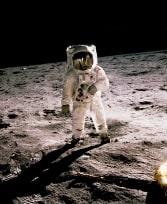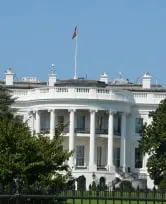


It's the last conversation you want to be having over Christmas lunch...

Blockbuster fumbled an opportunity to buy Netflix back in 2000

Influencer Carla Bellucci has defended charging people for Christmas dinner

Teddy bears are a popular present at Christmas time

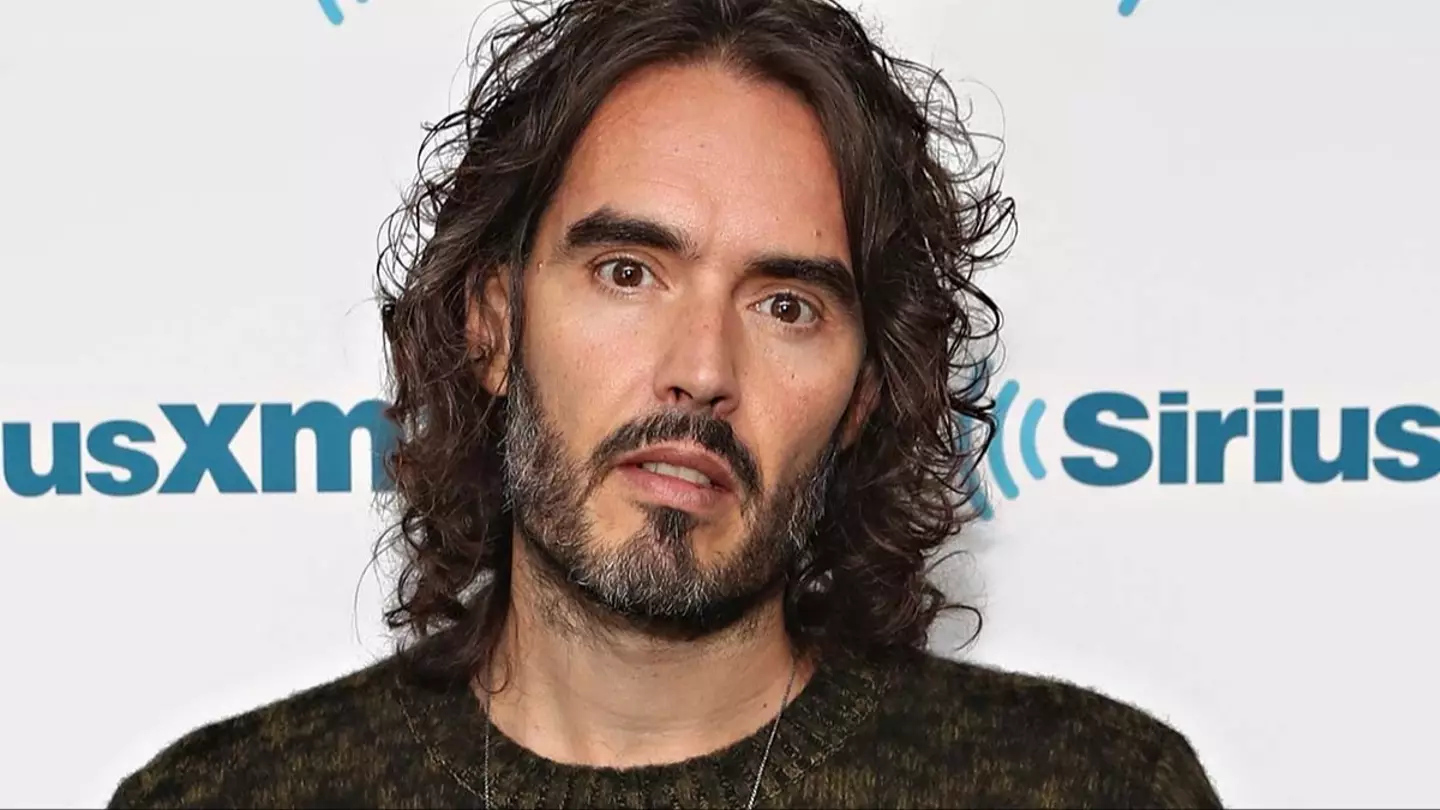
The comedian has been the subject of a police investigation following explosive coverage by Channel 4's Dispatches and The Sunday Times
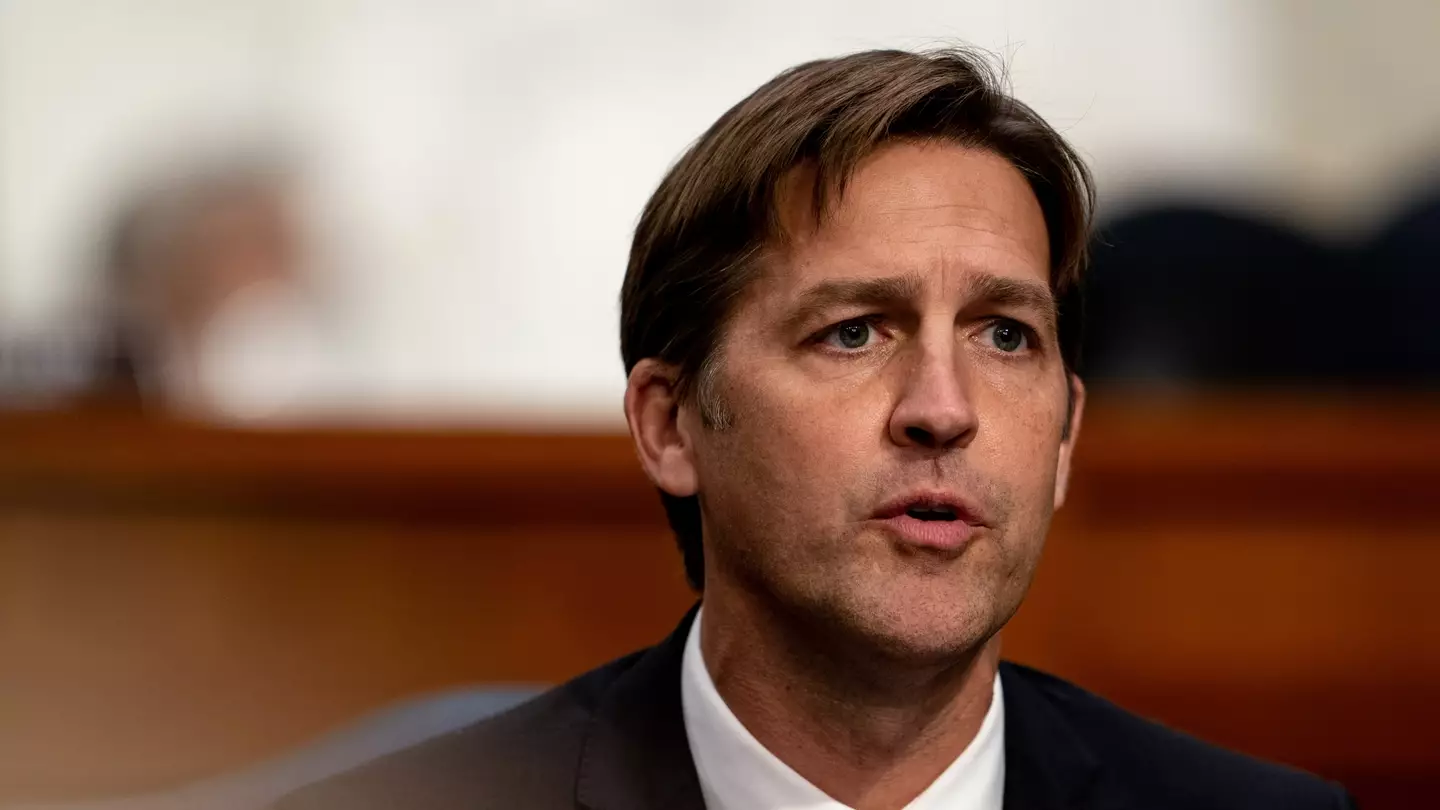
He says he has 'less time than I'd prefer' left
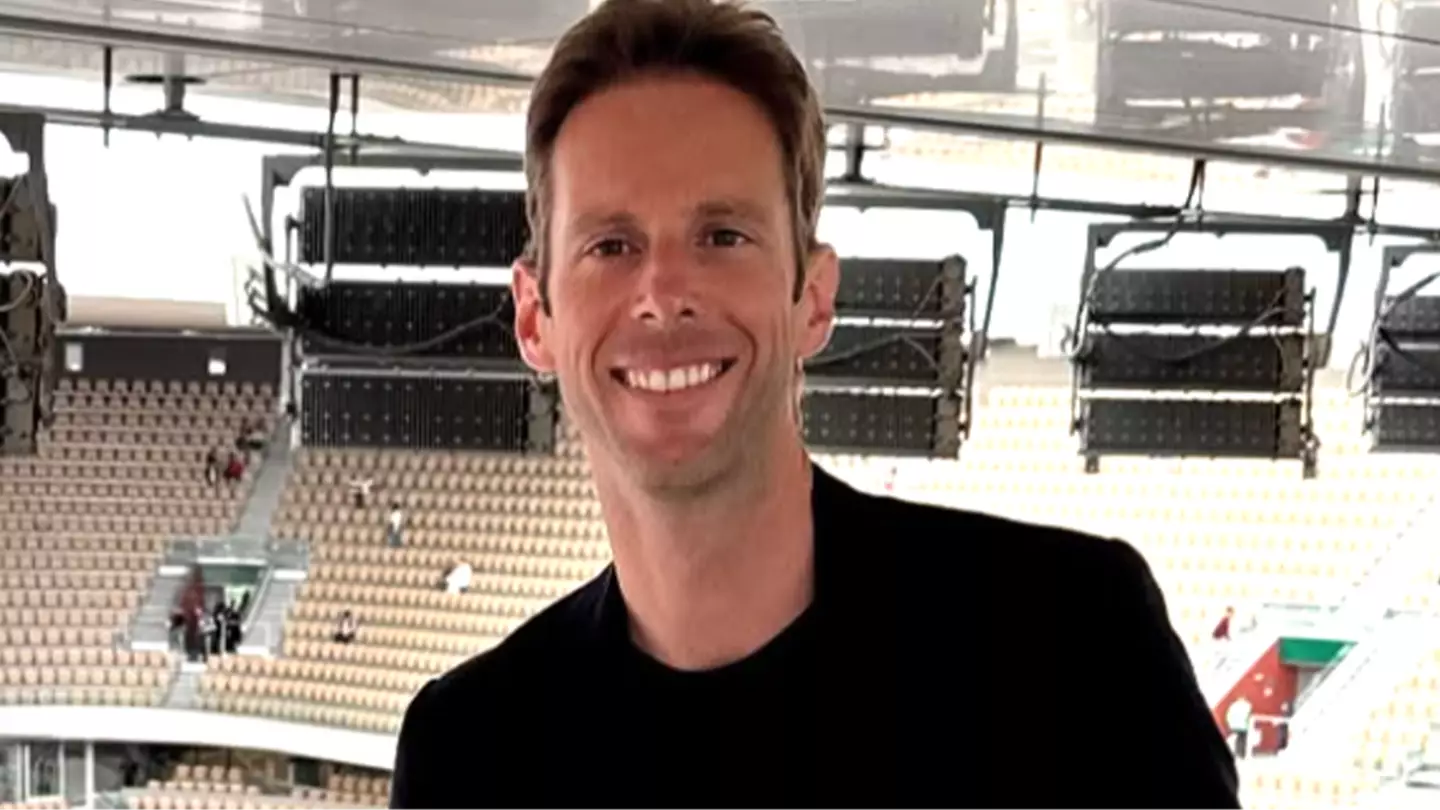
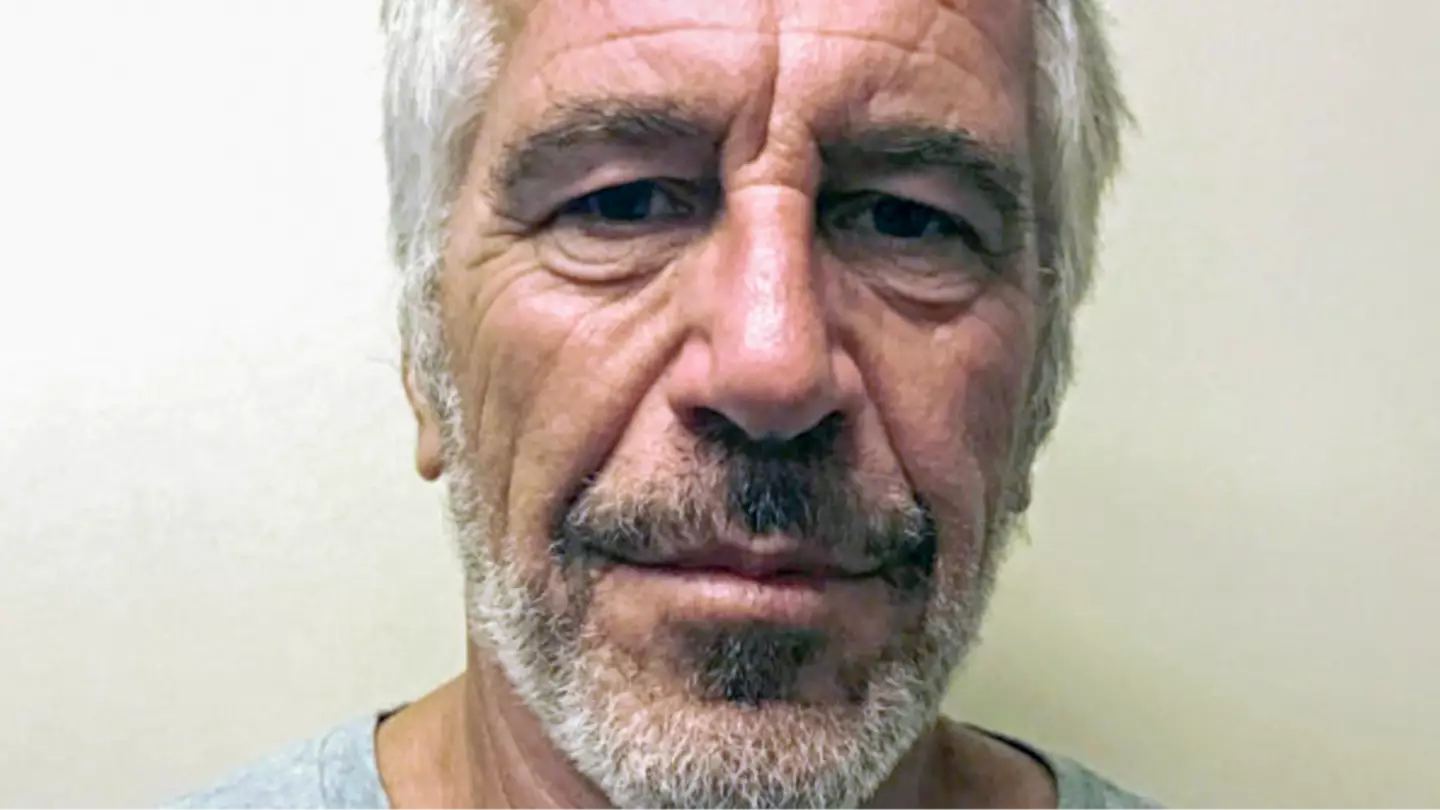
The letter that mentions a 'president' was allegedly sent by Jeffrey Epstein to the disgraced USA Gymnastics doctor, Larry Nassar

Oona Chaplin has revealed she very almost ditched her last name

The famous guest has appeared in some of the biggest movie franchises out there
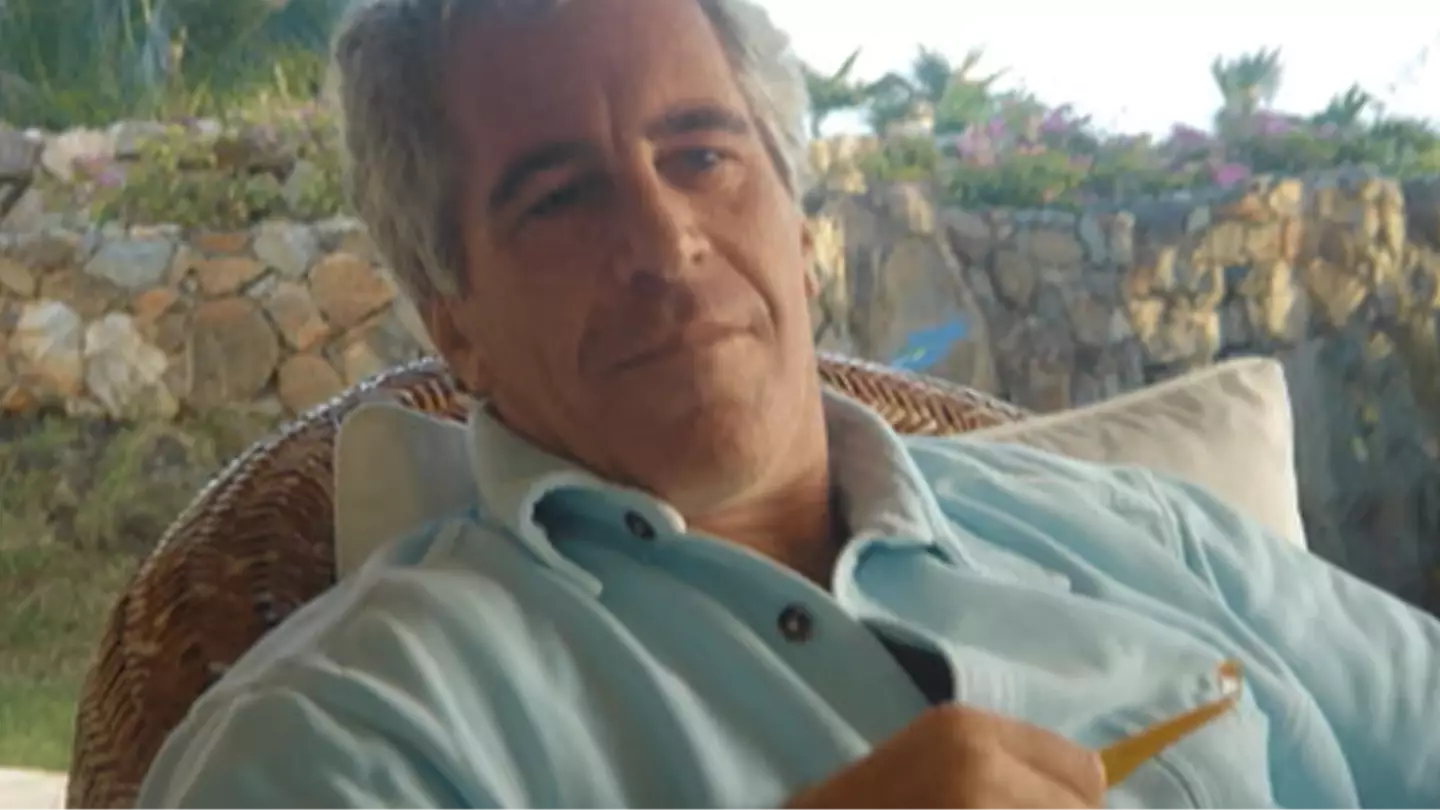
More images showing the extent of the convicted paeodphile's network have been released

You can get 70 percent off the 4K Select

The popular YouTuber was tragically found dead in his home on Monday
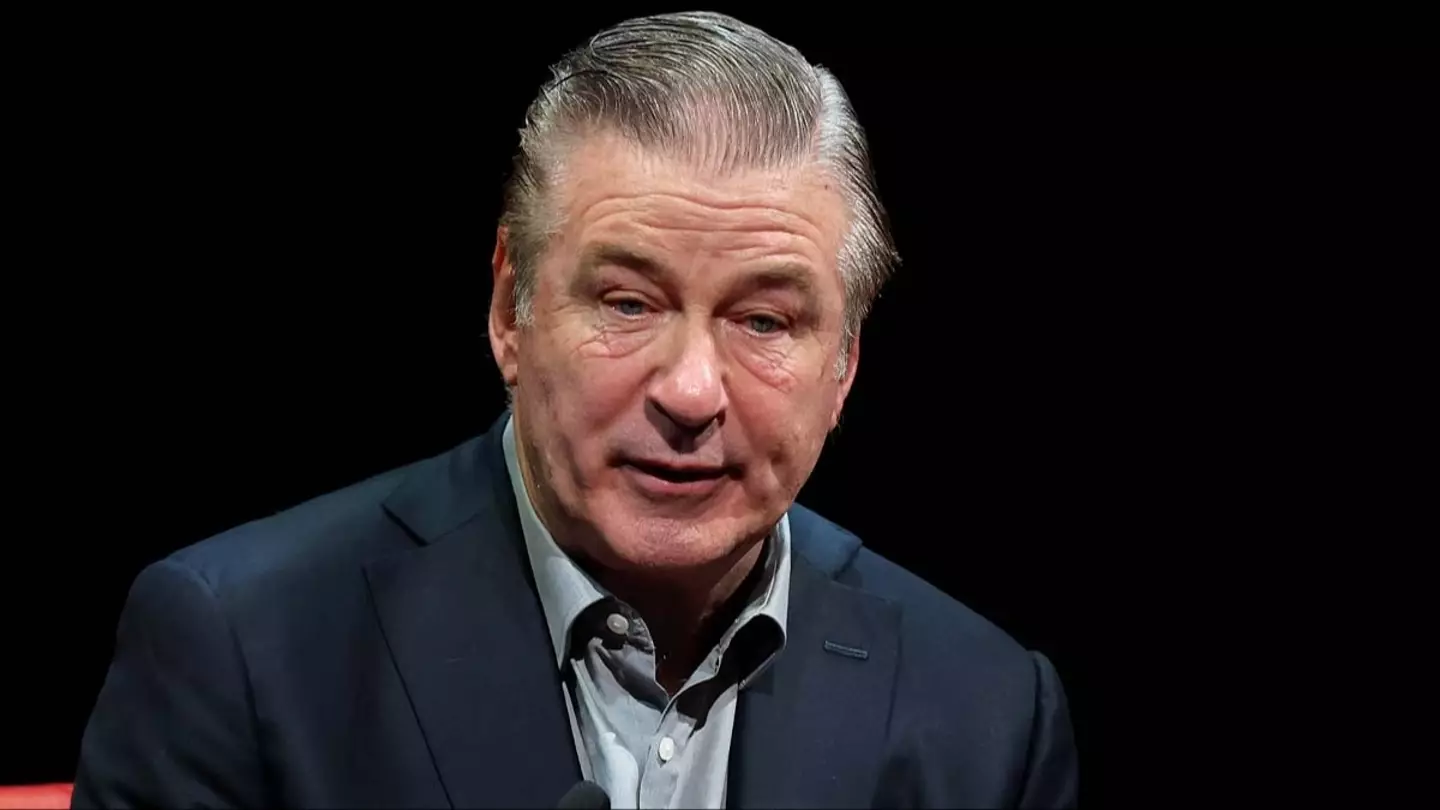
Alec Baldwin has said he was concerned for the impact the incident had on his family
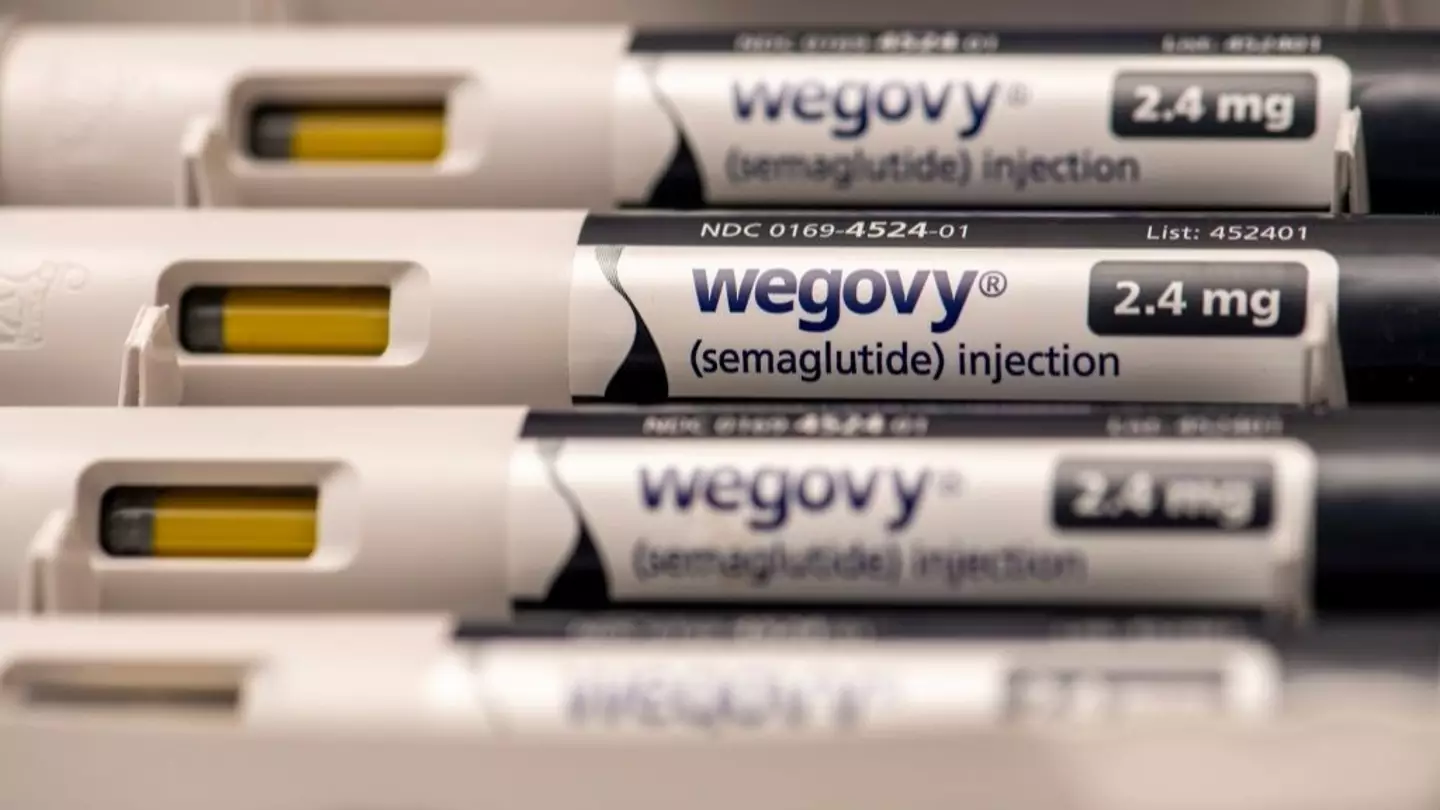
Injectable weight-loss drugs could become a thing of the past

A cheery story for Christmas!

Greta Thunberg gripped a placard that read: "I support the Palestine Action prisoners. I oppose genocide."

Tylor Chase appeared in Ned’s Declassified Survival Guide between 2004 and 2007

Zoe Saldaña, portrays Neytiri in Avatar, but believes her character is racist

The Home Alone star opened up about an extremely difficult moment for him

The US president's reasoning has been thoroughly criticized online
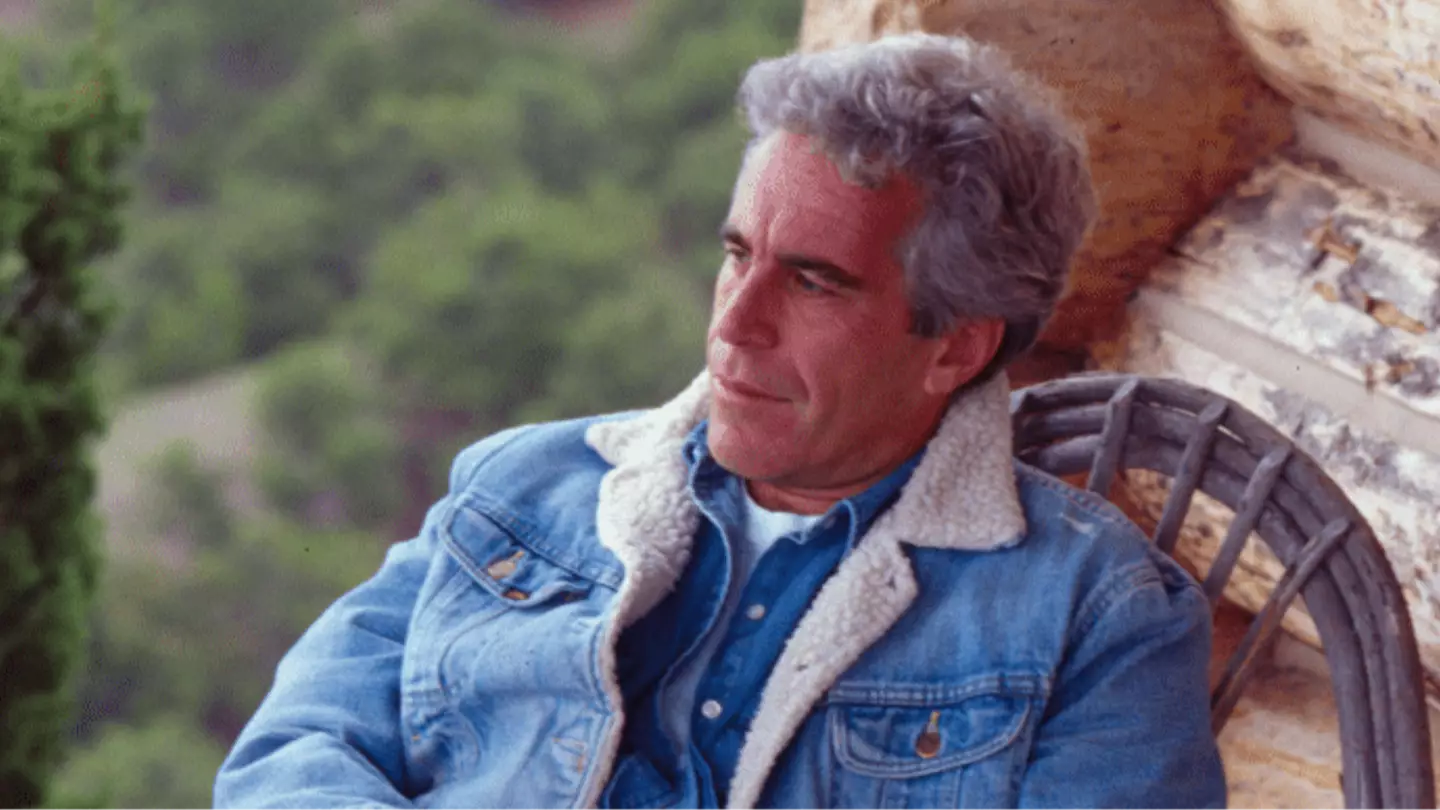
The email was released as part of the latest batch of Epstein files



